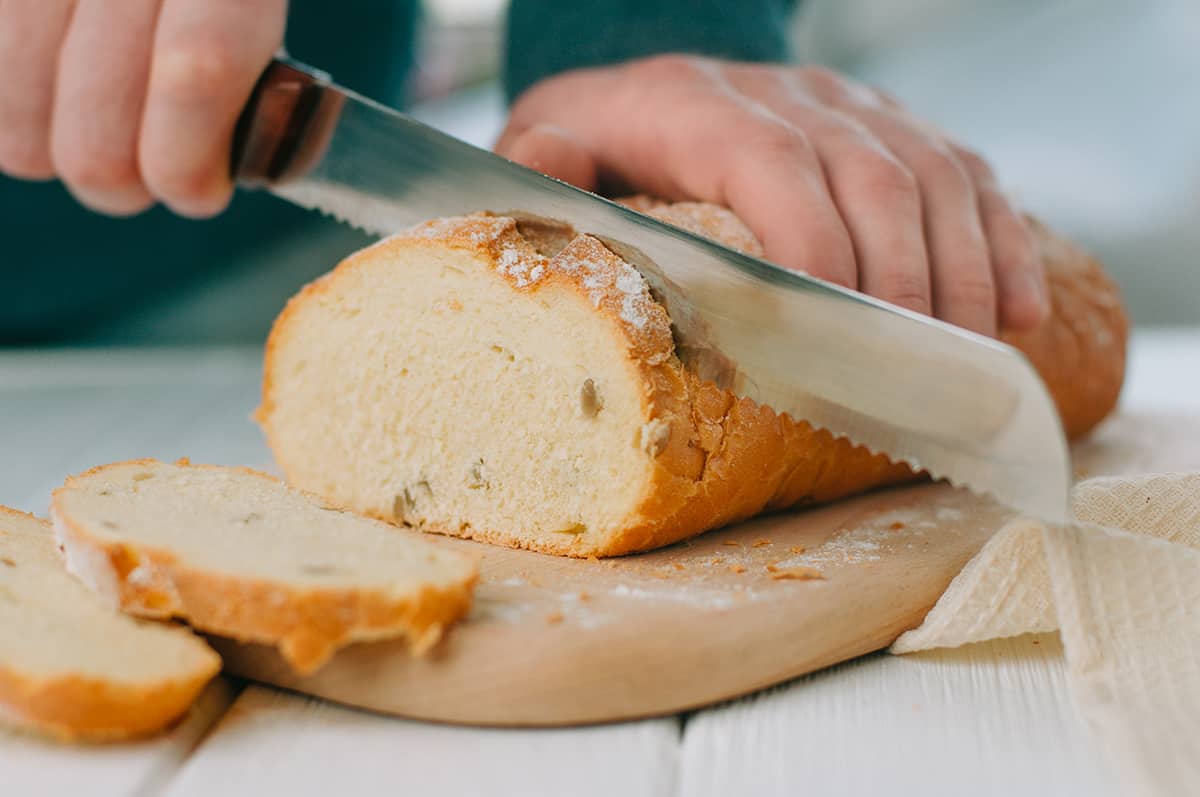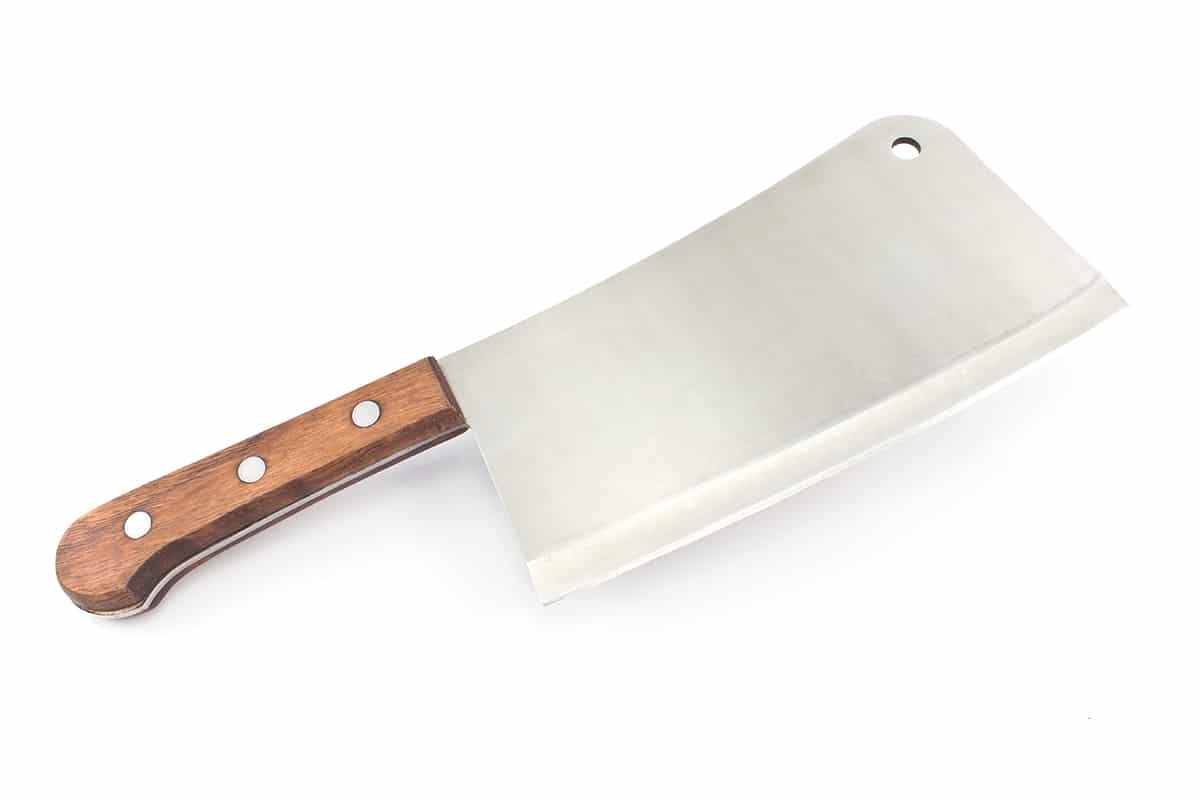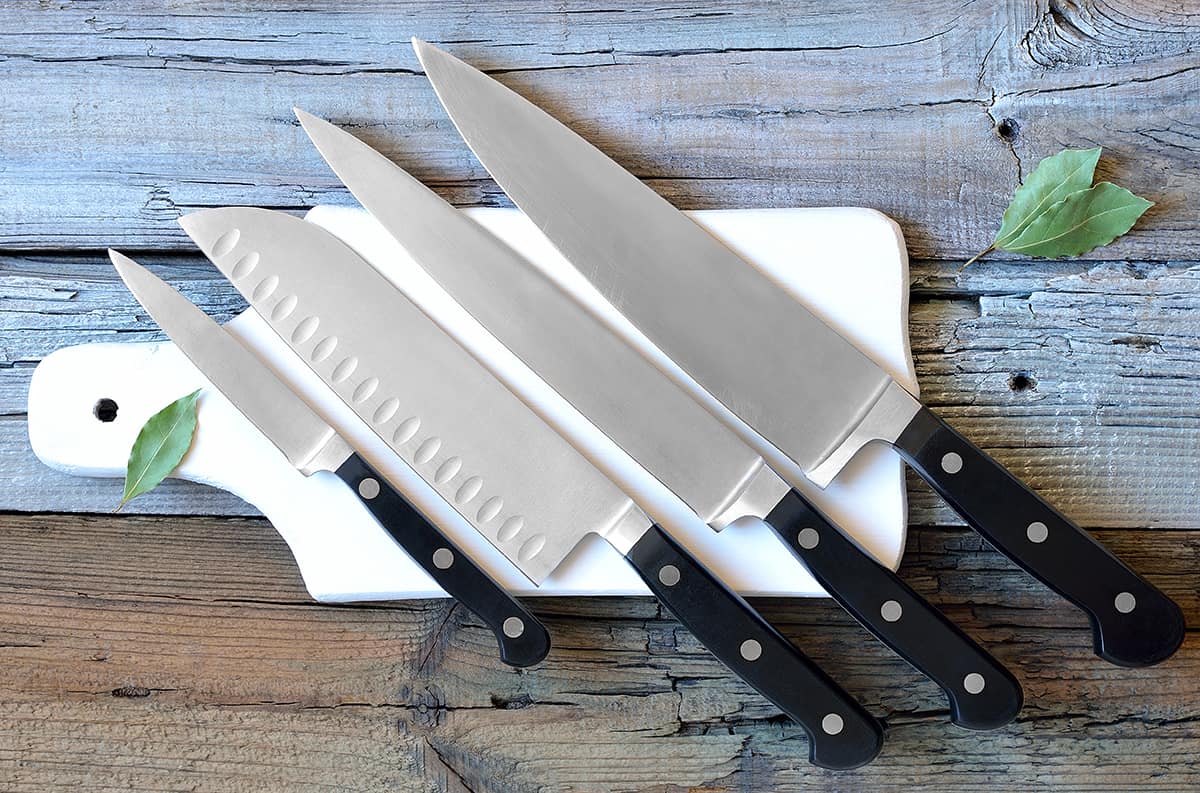A butter knife is a type of knife that is used to spread butter. You can tell how it differs from other knives by its dulled edge and rounded tip. Another way to distinguish butter knives from dinner knives is by their size.
The average butter knife measures between 5 and 7 inches. It’s designed in such a way that the edge will not tear into your bread while spreading butter, jam, or spreads onto slices of bread.
Something else you might not know about butter knives is that there are multiple variations. In this guide, I’ll go over the different variations of butter knives and their uses, as well as how butter knives differ from spreader knives and conventional kitchen knives.
Butter Knife Variations
Many of us have a single image in mind when we think of butter knives. In my case, a butter knife is a knife with a narrow, dulled blade made of stainless steel. The tip of the blade is rounded so that it will not shred through untoasted slices of bread when spreading your favorite spread. It will also have a tapered handle, which is also made of stainless steel and is integrated with the blade.
The picture I described above may be what the majority of you guys think of when anyone mentions butter knives, but did you know that there are actually over a dozen variations of this simple utensil? We can tell the different variations of butter knives apart by their utilization, how they’re designed, and what they’re made of.
Utilization
Master butter knife
A master butter knife is the type of butter knife described above. Something else worth noting is that the stainless-steel blade has a dulled edge and an even duller edge. The dull edge can be used for sawing through bagels and bread rolls in a pinch, whereas the duller edge is used mainly for spreading.
Butter spreader
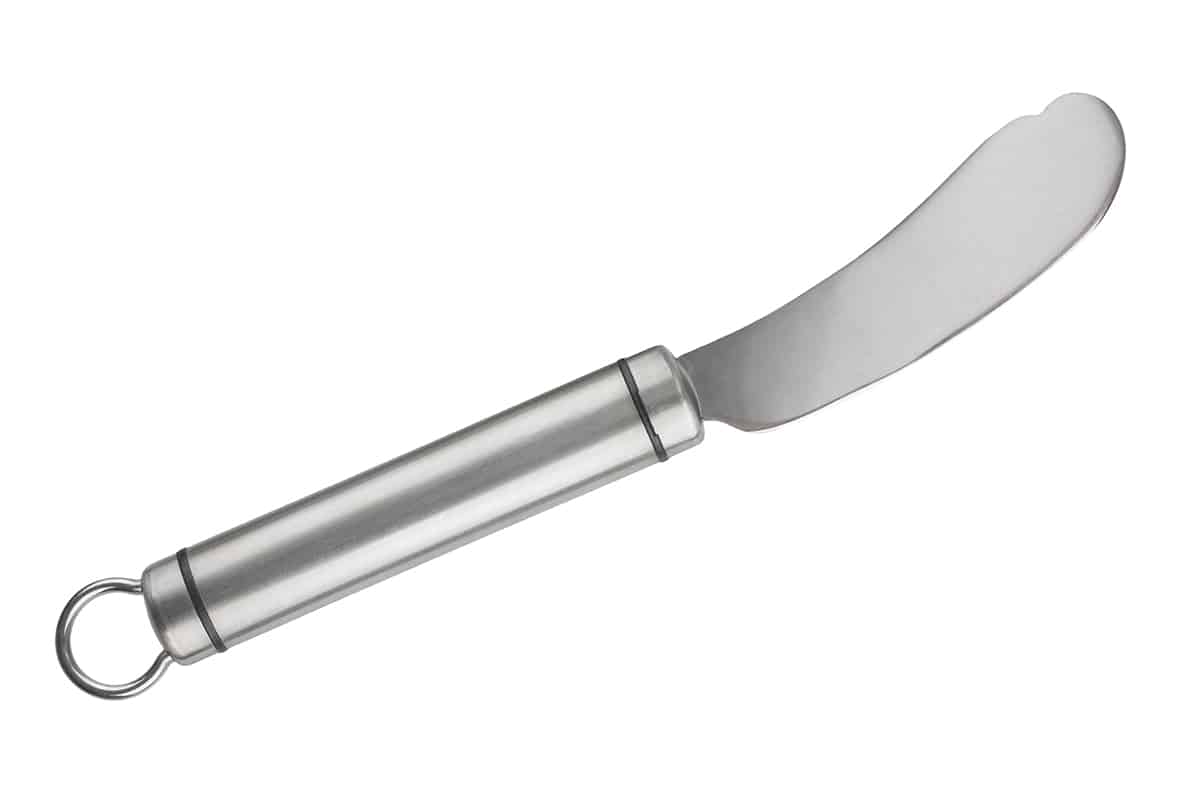
A butter spreader looks a lot like a traditional butter knife, but it has several points of difference. The first is that the blade is offset from the handle, giving you better leverage when scooping jam and cream cheese out of their containers.
Corn butter knife
As its name suggests, a corn butter knife is a type of knife that is used to spread butter almost exclusively on corn. It mainly consists of 2 parts—a semi-circle blade that is bolted or riveted onto a plastic handle.
The shape of the blade allows it to adhere to the contours of an ear of corn, making it much easier for the butter to get into every nook and cranny between the individual kernels. However, because of their style, corn butter knives are not suited for much else.
Design
Ridged
Have you ever struggled to get the final few ounces of peanut butter or Nutella from the base of the jar? If so, then you should probably think about getting a ridged butter knife. This type of butter knife has a blade with a distinct ride on the tip that allows you to dig the blade into the tightest corners in cylindrical containers.
Hollow handle
If you see the initials HH before the butter knife, that means the butter knife has a hollow handle. It looks and feels much like a master butter knife, but the main difference is that the handle is hollow except for the section of the blade that is secured in place with epoxy. As a result, HH butter knives are lighter and easier to handle.
Serrated
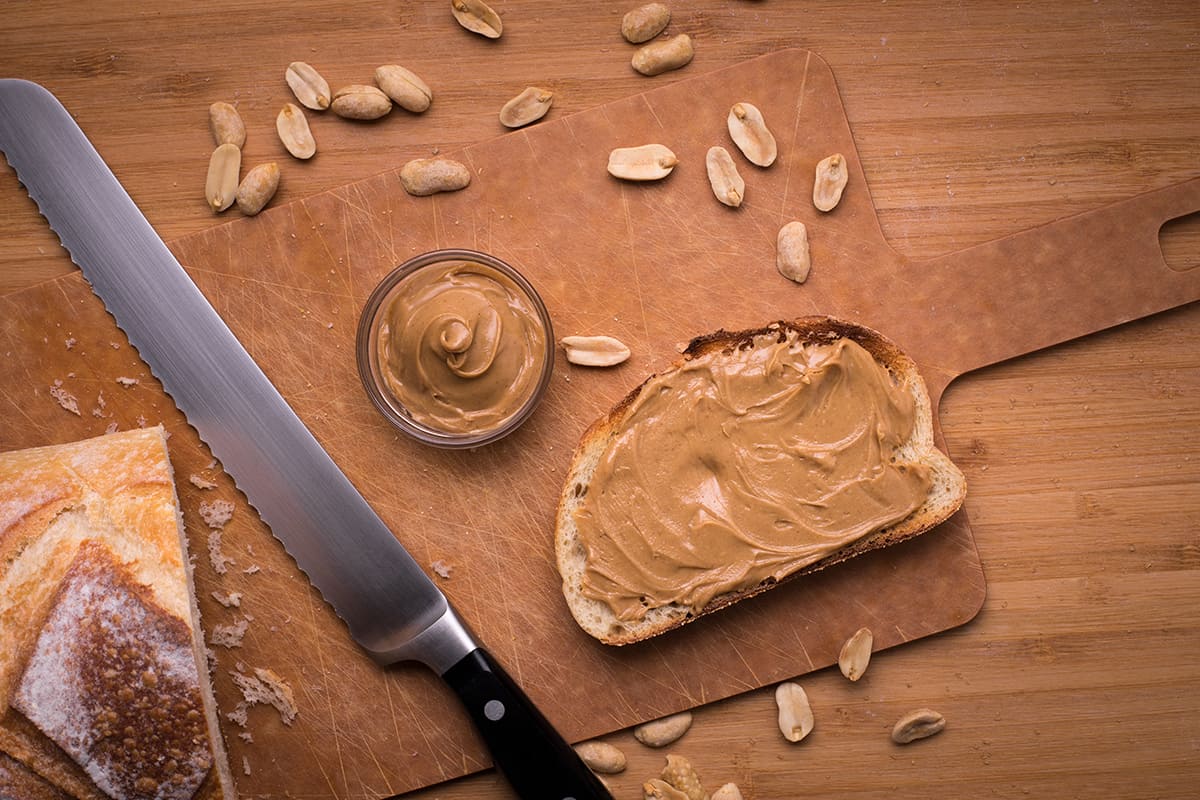
The serrations on serrated butter knives are not used for slicing through meat. Instead, by dragging the blade at an angle across the top of a stick of butter, the knife produces cute curls of butter that do nothing but wow your guests.
Material
Metal
Metal butter knives are what the majority of butter lovers are familiar with. The most common metal used in butter knives is stainless steel, which is known for its anti-corrosive properties (when treated right) and glimmering shine. Other metals used in butter knives include titanium, carbon steel, and Damascus.
Wood

A wooden butter knife is usually chiseled and carved out of a single block of wood, so the handle is integrated with the blade. The blades on wooden butter knives are usually wider than those of metal butter knives, allowing you to spread butter and jams more easily and evenly on large slices of toast. However, wood has very little chance of cutting through bread—at most, it will squish the bread.
Plastic
A plastic butter knife is made completely out of plastic. The edge of the blade can cut through bagels and slices of bread somewhat easily, but it can also be used to collect the raw dough. Just be careful when handling tough doughs with a plastic butter knife since it doesn’t take much pressure to snap the plastic.
Ceramic
Ceramic butter knives are what some people would consider specialty, needlessly luxurious knives for spreading butter. They’re lightweight (not as light as wood or plastic, though), and they are fortified with other materials to make them more durable. Best of all, you can customize ceramic knives by getting different print patterns along the entire blade and handle.
Butter Knives vs. Spreader Knives and Kitchen Knives
Your options for spreading butter on slices of bread or cream cheese on bagels are virtually limitless. In a pinch, you could use your credit card to achieve similar results to butter knives. But let’s see what other kitchen utensils you can use for spreading butter and jams.
Spreader knife
A spreader knife differs from a butter knife in that it has a sharpened edge. The tips of the blade also vary in style, from rounded to sharp tips. This type of knife is great for getting your spread out of its container and slicing through bread, cake, and cheese.
Kitchen knife
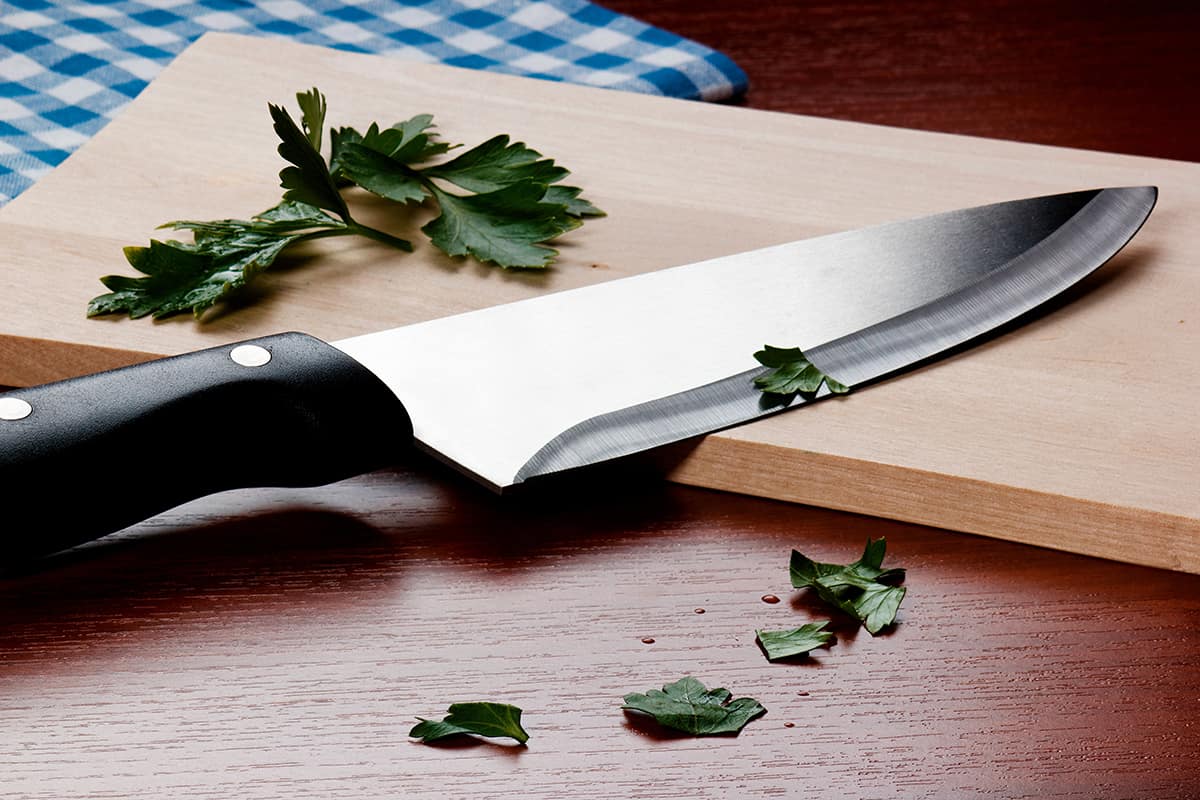
A kitchen knife is a tool that is used for cutting, chopping, dicing, julienning, and other cutting techniques. It will have a sharpened edge that pierces through the skin with minimal pressure, so be extra careful when using a kitchen knife to spread butter. Also, it can puncture the sides of plastic jars.


